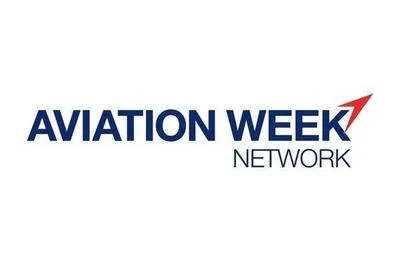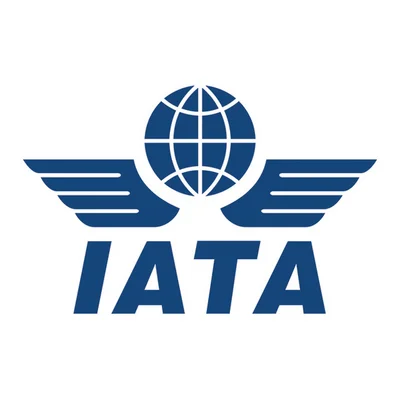The A380 faced competition from newer aircraft like the Boeing 787 Dreamliner and Airbus A350, which used lightweight composite materials and advanced engines offering improved fuel economy. These developments highlighted the A380's inefficiencies.
Originally intended to be available in three variants, including a freighter version and a stretched A380-900, only the passenger variant of the A380-800 was produced. Plans for other versions were shelved due to low orders and production challenges.
Airbus had optimized the wings for a larger aircraft that never materialized, leading to suboptimal performance for the existing model. Aviation Week noted that "stretched A380 version was what the Airbus designers really had in mind."
Emirates expressed interest in a larger variant, believing it would restore cost advantages over smaller planes like the A350 and 787. Tim Clark of Emirates stated, "We wanted the -900, not the -800."
Infrastructure limitations also hindered widespread adoption of the Superjumbo. Its large wings required specific airport accommodations that were not universally available.
The broader aviation industry context also played a role. Similar large aircraft struggled with market demand despite technical optimizations. US carriers found such large jets impractical due to multiple hub operations.
Airbus anticipated growth in hub-to-hub travel but misjudged demand for massive aircraft suited for this model. Smaller planes like the 787 and A350 offered more flexibility across different routes.
While passengers and enthusiasts admire it, few airlines share this sentiment about operating an oversized jet like Qatar Airways' regretful purchase of Superjumbos illustrates this divide.
###
 Alerts Sign-up
Alerts Sign-up




































